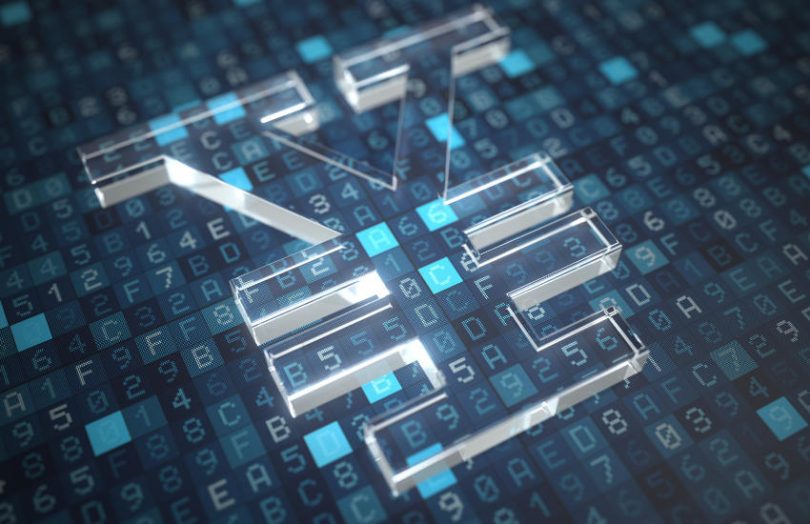On Monday it was reported that MUFG is launching a stablecoin where each coin will be backed one-for-one by a Yen. However, MUFG’s Progmat Coin is a platform instead of a single bank’s coin. Unlike some U.S. initiatives that look to tokenize bank balances, Progmat Coin is taking a path similar to public stablecoins. Transfers are not mirrored by interbank payments.
Japan’s biggest bank has already developed a blockchain-based security token platform Progmat. The Progmat Coin was originally designed to enable securities settlement on Progmat, but the use cases are far broader. It also intends the stablecoin to be used on other security token networks, to settle NFT and crypto asset transactions as well as for embedded finance. Progmat Coin will be interchangeable with central bank digital currencies (CBDC) and other private digital currencies.
How it works
The system involves multiple issuers responsible for pools of money, with each looked after by a trustee. MUFG will be one of the issuers, but it intends there to be several others. Each pool of money is isolated in a trust, so if the issuer or an intermediary goes bankrupt, the funds should still be safe. As a result, all the funds are considered interchangeable. In some ways, it’s more similar to e-money.
Similar to public blockchain stablecoins, there is no interaction with the banking system when a payment is made. The token just passes from one user to another, and the blockchain acts as the ledger of record. If a coin holder wants to redeem some funds, then one of the issuers will pay them fiat and reduce the funds in that trust.
Compared to other bank blockchain settlement systems, one of the closest analogies is with Fnality, the settlement system owned by 15 financial institutions. However, in Fnality’s case, the plan is for banks to deposit funds in an omnibus central bank account. Whereas for Progmat Coin, we believe it’s ring-fenced commercial bank money.
The consortium
Back in 2019, we reported that MUFG had created the Security Token Research Consortium (SRC). At the time, it talked about the potential for a settlement token. The Progmat Security Token platform and Progmat Coin have grown out of this initiative. But now, the organization is being renamed as the Digital Asset Co-creation Consortium (DCC).
One reason for the rebrand is expanding the scope beyond security tokens to stablecoins, NFTs, crypto assets and more. A second motivation is the term ‘Research’ is no longer considered appropriate as there’s a shift towards co-creating ecosystems.
The DCC is setting up a Funds Settlement Working Group. When it comes to the settlement of securities, MUFG describes it as a real time gross settlement (RTGS) system on Progmat. And it’s also planning a cross chain RTGS.
The consortium has expanded from 62 firms last October to 80 today. There needs to be a secondary market for the security token platform to endure. And SBI’s Osaka Digital Exchange will take on that role.
Progmat will have its own utlity token
Another interesting piece of news is that the Progmat Security Token platform plans to have a utility token. While most enterprise blockchains support tokens, they’re usually to tokenize cash and other real world assets. It’s relatively novel to use a utility token. Progmat is based on R3’s Corda enterprise blockchain.






